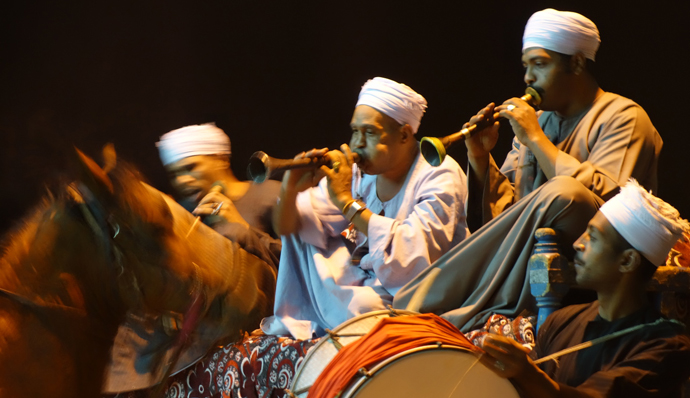Over the past few years, one of Egypt’s main origins had been depleting, namely tourism. Being a country that is mostly popular for the diversity of its touristic destinations, Egypt typically attracted tourists all yearlong; Upper Egypt was bustling with tourists during the winter while beach destinations all became the most popular over the summer. As an industry, tourism has a very wide value chain that extends to several sectors including agribusiness, transport, and handicrafts, among others. Few alternatives to generate income were left before young Egyptians who, in turn, decided to look at “doing business differently”.
Instead of thinking big and thinking inside the “mass tourism box” – many young Egyptians, inspired by Red Sea pioneers, decided to use Egypt’s natural resources and beauty to promote domestic tourism. Over the past few years, it was clearly noticed that a large number of local tourism companies sprouts all over the scene in Egypt, many voyages are being organised to untypical yet “under-exposed” destinations across the country. On the other hand, some companies even introduced new sports to Egypt, which include sand boarding, kite surfing and establishing relative industries that serve those sports. For instance, one very popular sand-boarding destination is Fayoum -among the poorest governorates in Egypt despite its proximity to Cairo.
Another interesting phenomenon to observe is that of organising music festivals in unorthodox sites, like ones that have taken place in Sinai, Fayoum, the Upper Red Sea area, and most recently in Aswan. The “phenomenon” we would like to observe more closely is, in fact, not the festival itself, but moving a large number of niche tourists from the heart of Cairo to such substantial destinations. The entire definition of tourism for the middle and upper middle class Egyptians had changed from international to local.
This could be explained by two factors, the first being the current inflation rates, Egyptians in general have less disposable income to spend, and on the other hand, a large portion of youth has reached productive age with income levels that could only afford local traveling expenses.
Taking festivals as an example to closely examine, different kinds of festivals/retreats have been recently on the rise. Ranging from yoga and art retreats to music festivals, big events are implemented in distant locations, which ,in turn, creates income generation opportunities for local communities.
Festival supplies are mostly -if not entirely- locally provided, right where the fiesta is held; this would typically include food, water, waste collection, shelter and other services. Not only does this inflate demand in the area, but also ensures a constant stream of income for the course of which the festival is occurring. Additionally, for operation, local community members are hired as site assistants, carpenters, waste collectors, and kitchen crewmembers, among many other jobs.
Hiring local community members has its advantages and its pitfalls, while it entails an element of capacity development and skill transfer. Tour operators could transfer the skills of running such operations to locals, and demonstrating how clients are handeled and managed. There are a lot of cultural differences that might stand in the way of successful skill transfer. Take for example, Aswan, where people are traditionally more reserved and more laid back due to its calm climate, “a lot of tension might have been avoided if we had taken this into consideration,” explained Mr Khaled Senosi, one of the “Rou7” festival managers – a festival that was held in Aswan last month, that went viral among younger generations.
A New Development Approach
The time has come to not just rely on big projects and mega investments for economic growth, but rather depend more on young domestic travelers. Relatively miniscule efforts do create an impact if considered from a personal perspective and from an income generating one -on a micro economic level. While on the macroeconomic scale, such efforts cannot be advertised, it is forgotten that the macroeconomics is nothing more than aggregations of microeconomics, the bigger picture includes hundreds of smaller ones –more like a photo mosaic. One could discuss the government’s efforts to develop Upper Red Sea areas, yet it is noteworthy to mention that it is, indeed, the young people who best promote such breathtaking spots and encourage others to pay visits discovering their “weekend alibis” sort of speak.


